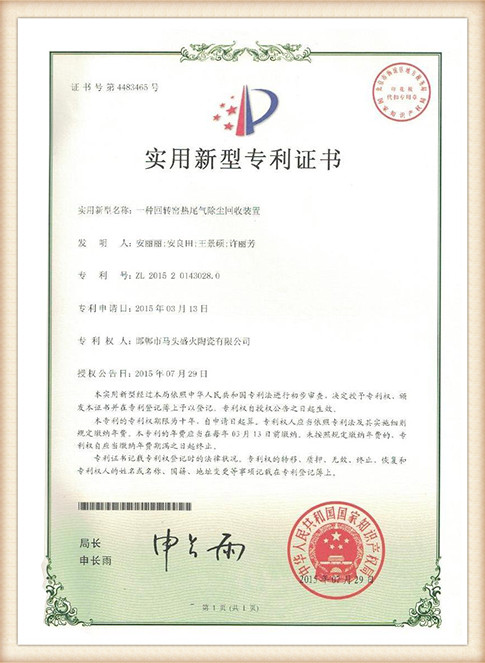Resin Coated Sand A Comprehensive Overview
In the realm of modern manufacturing and foundry practices, resin coated sand has emerged as a pivotal material, revolutionizing the way metal casting is approached. This innovative composite material combines traditional sand with thermosetting resins, bringing about significant enhancements in the quality and efficiency of metal casting operations. This article explores the properties, manufacturing processes, applications, and advantages of resin coated sand, shedding light on its role in the foundry industry.
Understanding Resin Coated Sand
At its core, resin coated sand consists of a fine aggregate, typically silica sand, that is coated with a phenolic resin or other similar thermosetting polymers. The application of resin to sand not only improves the adherence of the sand grains to one another but also enhances the overall structural integrity of the mold. This results in molds that can withstand higher temperatures and mechanical stresses, producing superior castings with fewer defects.
Manufacturing Process
The production of resin coated sand involves several critical steps. First, high-quality silica sand is selected and prepared to meet specific grain characteristics. This sand is then mixed with liquid resin and a hardening catalyst. Proper mixing ensures that every grain of sand is uniformly coated with resin.
Once the mixture is complete, it is heated to initiate the curing process, setting the resin and turning the sand into a solid form. The curing temperature and time are meticulously controlled to achieve optimal results. After curing, the resin coated sand is cooled and can then be processed further into molds or cores for casting purposes.
Applications
The versatility of resin coated sand makes it suitable for a wide range of applications within the metal casting industry. It is predominantly used in the production of sand molds and cores for iron, aluminum, and steel castings. Industries such as automotive, aerospace, and heavy machinery rely on resin coated sand to create complex and precise components that meet stringent performance standards.
Additionally, because resin coated sand offers excellent dimensional accuracy and surface finish, it is often chosen for producing intricate designs that might be challenging to achieve with traditional sand casting methods. This capability is particularly valuable in the production of specialized components that require high levels of precision.
resin coated sand

Advantages of Resin Coated Sand
The adoption of resin coated sand in foundry practices yields numerous benefits.
1. Enhanced Strength and Durability The bonding properties imparted by the resin significantly bolster the strength of the sand molds, allowing them to withstand the stresses of molten metal during casting. This results in reduced failure rates and a lower likelihood of casting defects.
2. Superior Surface Finish Castings produced using resin coated sand tend to have a smoother surface finish. This reduces the need for extensive post-casting machining, saving time and resources.
3. Precision and Dimensional Accuracy The ability of resin coated sand to maintain shape under thermal conditions allows for the production of highly accurate molds and cores. This precision is essential for high-performance applications where tolerances are critical.
4. Reduced Environmental Impact Modern formulations of resin coated sand are designed to minimize the release of harmful fumes and byproducts during the curing process. This aligns with the increasing emphasis on sustainable manufacturing practices, making it a more environmentally friendly option.
5. Versatility Resin coated sand can be tailored to fit a variety of applications and material requirements. By adjusting the resin type and curing conditions, manufacturers can customize the properties of the sand to suit specific casting needs.
Conclusion
Resin coated sand represents a significant advancement in the foundry industry, allowing for the production of high-quality castings that meet the demands of modern engineering. With its enhanced physical properties, versatility, and environmental advantages, resin coated sand is set to continue its vital role in the future of metal casting. As technology evolves and the industry seeks greater efficiency and sustainability, the importance of this innovative material only stands to grow. By understanding and leveraging the properties of resin coated sand, manufacturers can achieve superior results in their casting processes, ultimately contributing to the advancement of their respective fields.
Post time:11月 . 19, 2024 00:11
Next:adding sand to resin
